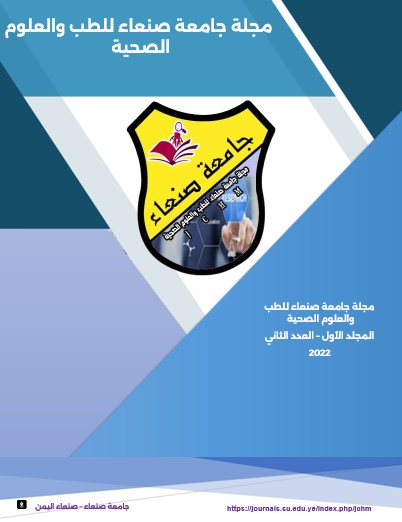Blood Transfusion Practices at Al-Thawra Teaching Hospital, Sana'a-Yemen
Main Article Content
Abstract
Objectives: To evaluate the blood transfusion practices, the quality and quantity and the use rate of blood and blood components among patients at Al-Thawra Teaching Hospital. Methods: This a descriptive study that has been conducted for the purpose of studying the blood transfusions fate and practices for all crossmatched units in the blood bank at Al-Thawra hospital during one month period, from December 2003 – December 2004. Data were collected from blood bank and from different departments in the hospital. Results: 960 units were crossmatched during the period of the study. The study showed that crossmatched units for male patients (56%) were higher than for female (44%). The recipient male/female ratio was 1.27: 1. The mean age of recipients was 31.6 years ± 18.3 SD. The commonest type of blood was blood group O (48%). 87.5% of crossmatched blood was done for stored whole blood in spite of availability of other components. Medical indications represented the highest percentage (40%). 26% of all crossmatched blood units were returned to the bank. The majority of collected blood was by family donation system. It was obvious that there was over-ordering and irrational use of the blood from the high percentage of unused crossmatched blood and the use of stored whole blood. Conclusion: Blood transfusion is necessary for saving the life of the patient who is in need, but blood should be only given when necessary, to minimize its complications and to cut off extra cost for cross matching of unneeded blood. The collection of blood from voluntary non-remunerated blood donors from low- risk populations should be encouraged. Modernization of blood banks with automated separator of the blood components is mandatory.

